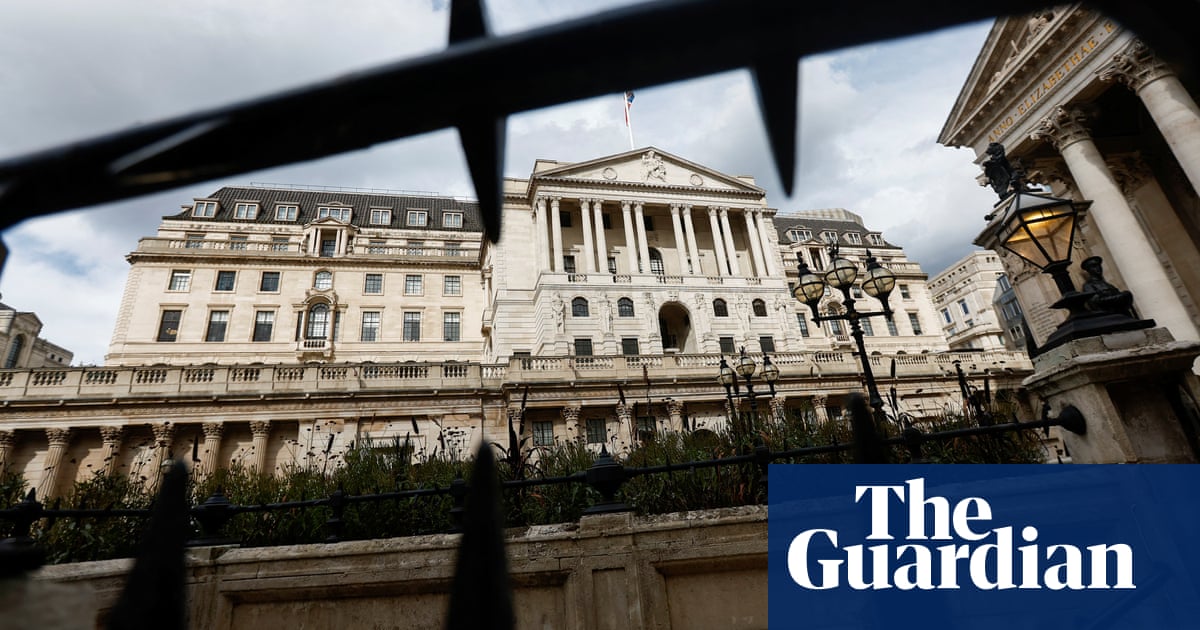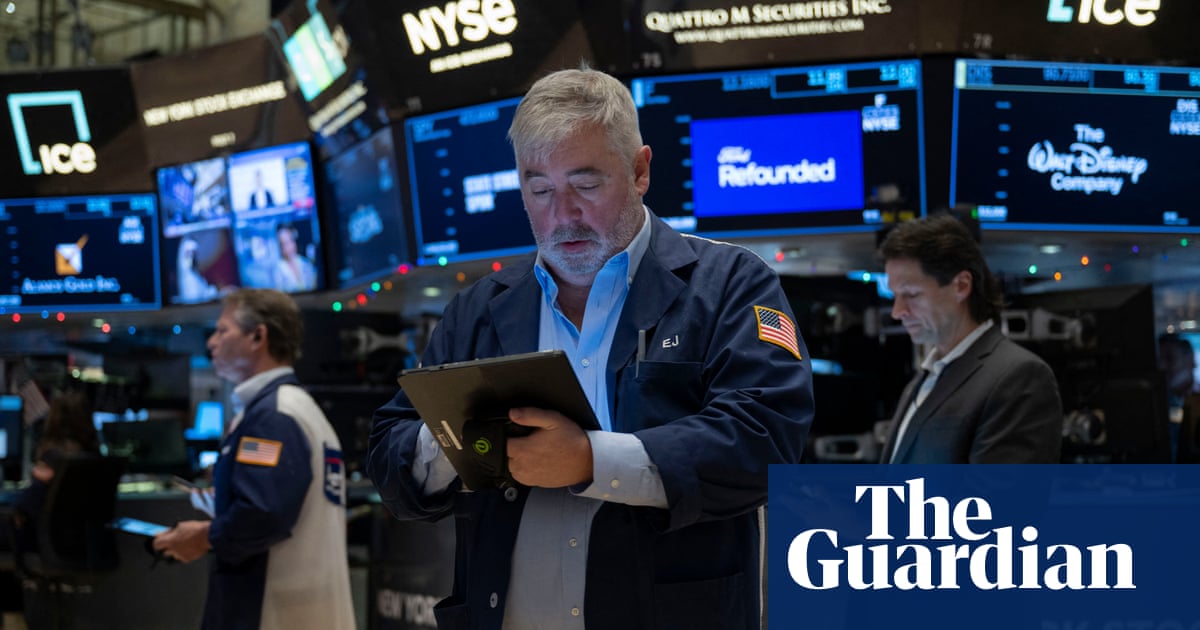
Britain’s economy is beginning 2022 on the back foot as record numbers of coronavirus infections and tougher restrictions driven by the Omicron variant cloud the outlook for growth.
It comes after a weaker pace of growth at the end of last year as businesses and households come under mounting pressure from rising energy bills pushing up inflation, as well as shortages of workers and materials. Here are five charts for the UK’s economic prospects in 2022.
GDP
Economic activity has slumped since the emergence of the coronavirus Omicron variant, with people choosing to be cautious due to high infection rates and renewed government restrictions weighing on growth. Economists warn a sustained hit would lead gross domestic product (GDP) to fall in the first few months of 2022.
It comes with the economy within touching distance of its pre-pandemic peak, at just 0.5% below its February 2020 level in October, despite official figures showing the UK lags behind every country in the G7 apart from Japan.
OECD forecasts made before the emergence of Omicron suggested UK growth would slow from 6.9% in 2021 to 4.7% in 2022.
Previous waves of the pandemic have shown a successively smaller hit to GDP compared with the first phase of the emergency, when the economy collapsed by a fifth in a single quarter in spring 2020.
However, there is heightened uncertainty over the severity of Omicron, while households and businesses face additional challenges from rising prices and supply bottlenecks, which will also drag on the economy.
Inflation
British households and businesses are being hit by the highest rate of inflation for a decade, as the fallout from Covid-19 pushes up the cost of raw materials and causes disruption and delays to global supply chains.
With imbalances in supply and demand, and energy prices hitting record highs, the consumer prices index measure of inflation surged to 5.1% in November – the highest rate in a decade. The Bank of England has warned inflation could peak at about 6% in April – three times its target rate of 2%.
Intense pressure is expected in April when Ofgem lifts its price cap on household gas and electricity bills. The energy industry has warned domestic prices could rise by as much as 50%, labelling the situation a “national crisis” amid record wholesale costs.
City investors expect the Bank to raise interest rates to 1% by late summer to keep a lid on inflation, with the first of several incremental moves from the current rate of 0.25% coming in February.
However, not all economists expect such a sharp rise, warning that the economic recovery from Covid-19 may prove to be weaker than hoped. Threadneedle Street also expects inflation to fade as Covid disruption abates.
Income squeeze
Alongside high rates of inflation, there are warnings that stalling wage growth and planned tax rises from the government will make 2022 the “year of the squeeze” in a development likely to dominate political debate.
According to the Resolution Foundation thinktank, the increase in the energy price cap will combine with the government’s new health and social care levy on national insurance and a freeze on the personal income tax allowance from April, at a cost of £1,200 for families.
Economists at HSBC estimate UK households will suffer a 1.7% drop in real income levels this year, taking into account the combined effects of inflation, withdrawn pandemic support and tax increases from the government.
“Partly as a consequence of this, we see household consumption slowing from here – and ending 2022 still below pre-pandemic levels,” said Elizabeth Martins, a senior economist at the bank.
Unemployment
Unemployment in Britain continued to fall late last year despite the end of the furlough scheme at the end of September, amid record numbers of job vacancies and severe shortages of staff in several sectors of the economy.
Omicron threatens to push up unemployment in the hardest-hit sectors, such as hospitality and travel. However, many economists still forecast the unemployment rate will drop in early 2022 to just under 4%, returning to pre-pandemic levels, and representing about 1.4 million unemployed.
With ongoing disruption in the jobs market, the number of working-age adults in economic inactivity – those out of the workforce and not looking for a job – has risen by almost 400,000 since the start of Covid to about 8.7 million.
While the government is keen to point to a rise in the number of staff on company payrolls to 29.4 million, around half a million above pre-pandemic levels, official figures show employment – including self-employment – remains almost 600,000 below pre-Covid levels, at about 32.5 million.
Public finances
The UK government is on track to record a budget deficit – the gap between public spending and income from taxes – of £183bn in the financial year to the end of March 2022, according to the Office for Budget Responsibility. Although a sharp reduction from a peacetime record of £320bn in 2020-21, it will still be the second-highest on record – surpassing the peak incurred due to the 2008 financial crisis.
As a result, the national debt – the combined total of every deficit – has risen above £2tn, close to 100% of GDP.
Economists have warned that inflation could push up the deficit by more than expected over the coming months, due to higher payments on inflation-linked debt as rising interest rates pushing up servicing costs for the government. However, economists note that interest payments still remain low compared with historical standards.
Rishi Sunak, the chancellor, has resisted calls to provide more help for firms struggling since the emergence of Omicron and opposed tougher restrictions on the economy, having insisted in the autumn that high levels of borrowing are “immoral” and arguing that he would “fix the public finances” – comments seen as a pitch to bolster his credentials as a potential future Tory leader.












